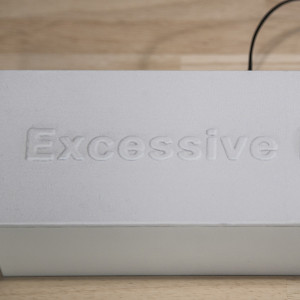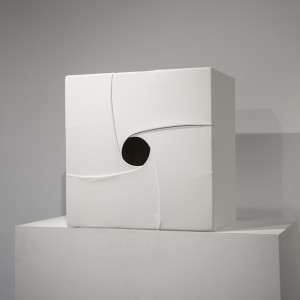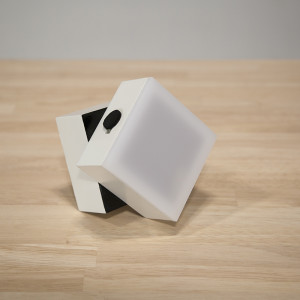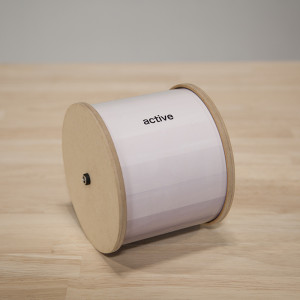Excessive Motion
William Gaver investigated how technologies for the home could support ludic activities—that is, activities motivated by curiosity, exploration, and reflection rather than externally defined tasks*.
Through the process of “Interaction Sketch” and “Interaction in Life,” I found that people often engage in ludic activities when they interact with things that move rather than ones that are immovable. Conventional criteria of designing physical motions for utilitarian functionality are safety, durability and cost, and sometimes those actuators are hidden inside the housing. But when it comes to physical motion as an “interface,” it is necessary to deal with ludic engagement. “Excessive motion” is a design proposal about interaction that is accompanied with motion. This project offers a new perspective on how moving things might fit into our everyday lives.
Flat design in the physical motion
Through practical design, I found that misrecognitions, which users often feel to be an extra lifelikeness from the motion, greatly affect impression and human behaviors. I think that by keeping lifelikeness to as minimal a degree as possible, it will expand the possibilities for designing motions.
THE HOLE shut or opened based on algorithm ![]()
THE CUBE wandering with metamorphoses ![]()
THE CYLINDER changing interactions ![]()
*Gaver, W. W., Bowers, J., Boucher, A., et al. The drift table: designing for ludic engagement. Proc. CHI EA ‘04. ACM Press (2004), 885-900.




